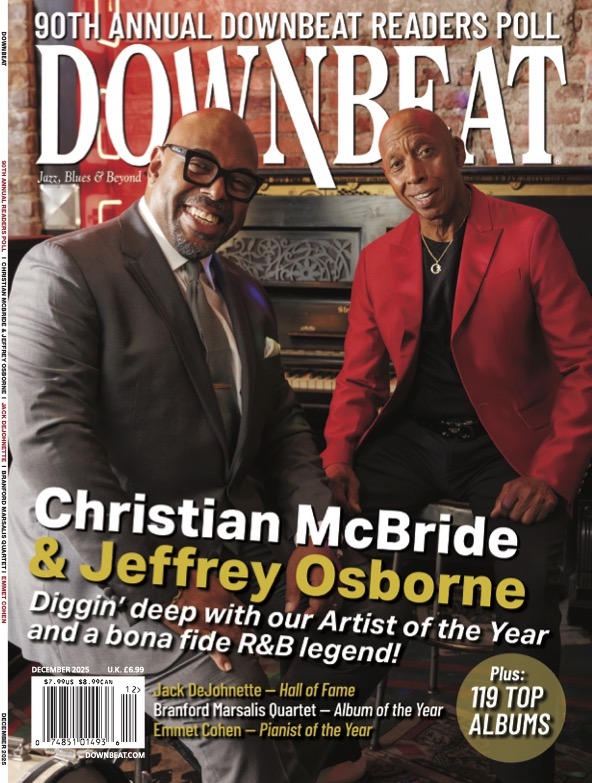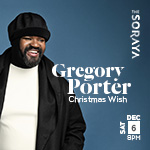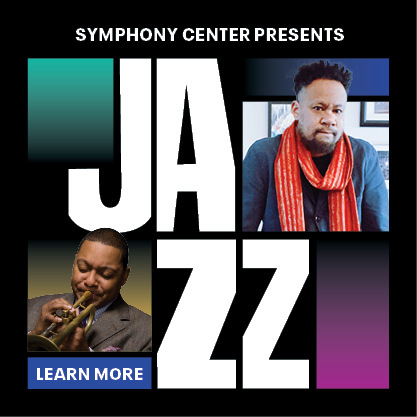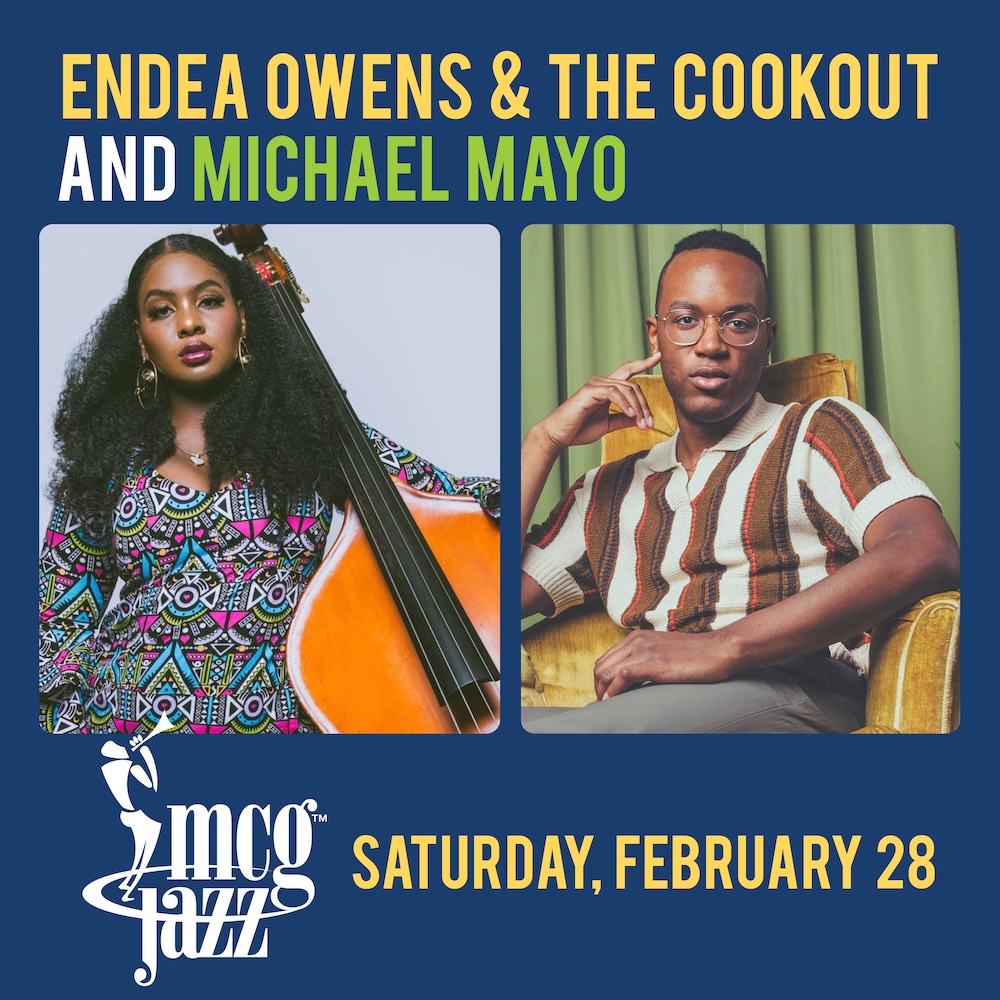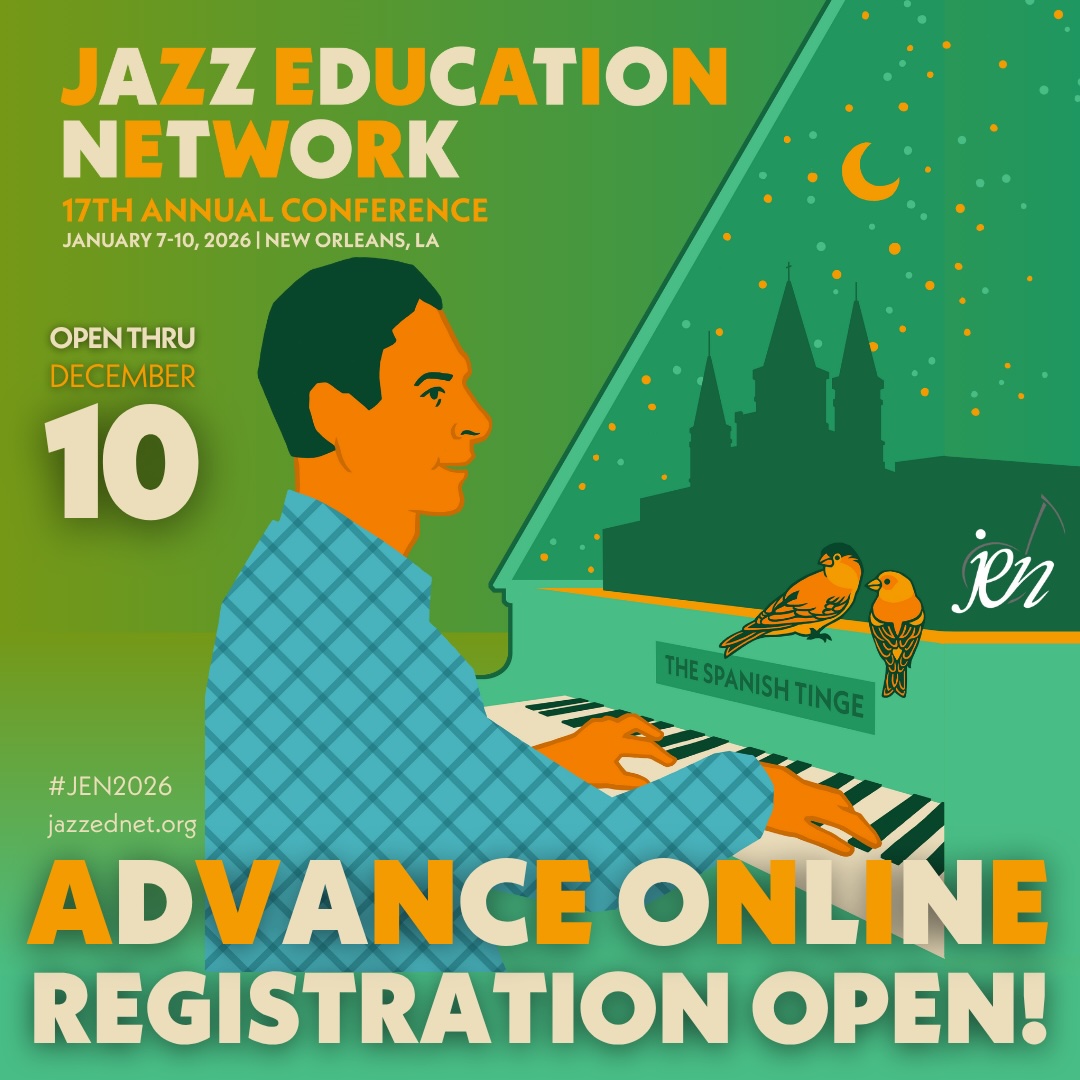Oct 28, 2025 10:47 AM
In Memoriam: Jack DeJohnette, 1942–2025
Jack DeJohnette, a bold and resourceful drummer and NEA Jazz Master who forged a unique vocabulary on the kit over his…
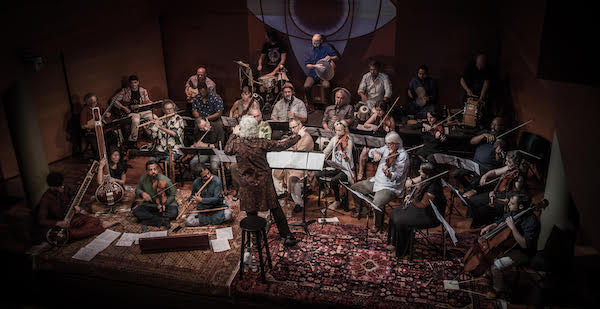
Adam Rudolph conducts the Go: Organic Orchestra at New York’s Rubin Museum of Art.
(Photo: Adrien H. Tillman)Bandleader and percussionist Adam Rudolph sees himself as an inventor, rather than a composer. Composers typically generate written music using a pencil or a music notation program, but he does more than that.
He creates new practices for making music.
“As an artist, I’ve always been interested in the creative process itself,” Rudolph said. “I believe that when you create a new process that the art you generate will be prototypical. Prototypical art means that the power of the individual voice actually takes the listener to a more universal experience.”
Rudolph has spent nearly five decades developing his individual voice. As a hand percussionist, he never fit neatly into the codified systems of European-derived classical music, but he did move easily through many other traditions with roots in oral expression. He spent much of his career traveling the globe and performing alongside creative musicians as diverse as multi-instrumentalist Yusef Lateef, trumpeters Don Cherry and Wadada Leo Smith, saxophonist Pharoah Sanders, violinist L. Shankar, composer Philip Glass and pianist Omar Sosa. Along the way, Rudolph was working out his own ideas about what this “universal” listener experience might be—and how it might be achieved.
His latest recording, Ragmala: A Garland Of Ragas (Meta), stands as a testament to his sui generis creative process. The two-disc set—a gorgeously complex tapestry of sounds, hues and sensations—features Rudolph’s Go: Organic Orchestra, a 30-piece string-based improvisational ensemble, in a sublime pairing with the Brooklyn Raga Massive, a collective devoted to creative expressions of Indian classical music. On any of the album’s 20 tracks, one might hear a droning tanpura, a free-wailing trumpet, a string quartet, guttural throat singing,or a riffing rock guitar—all speaking to each other.
To understand why these inventive, culturally heterogeneous compositions work, it helps to dig into how Rudolph goes about creating them. His compositional approach stands on three pillars: his own intervallic matrices and cosmographs that he uses to establish the harmonic color of a piece; “ostinatos of circularity,” or polyrhythmic combinations that drive the musical motion; and a self-created system of conductor’s signals that lead the improvisation.
“I conduct the orchestra in the moment ... so that the score is rendered spontaneously with the musicians,” Rudolph said. “How the score comes together is never going to be the same twice.”
The score, as such, is minimal, which is why he appreciated the skills that Raga Massive brought to his work. Having trained in an oral tradition, members of the group picked up Rudolph’s compositional process quickly. The cornerstone of Indian classical improvisation is the raga—an established melody, rhythmic phrase and mood all in one, Rudolph explained, and “a ragmala is where advanced players improvise on more than one raga in their performances.”
For Rudolph, who’s spent two decades studying Hindustani tabla (North Indian drumming), the collaboration with musicians who understood this kind of spontaneous composition “made a lot of sense.”
Jazz drummer Sameer Gupta, a tabla player with the collective, agreed. “Adam is definitely hip to Indian classical music,” he said. “He understands the beauty and expansiveness of those ancient melodies.”
Rudolph’s process also aligns with the collective’s mission of creating raga-inspired music, even if the edges that define Indian classical music get a little blurry.
“I think that Adam is stretching for something beyond the sphere of what we can even hope to hold some sort of standard to,” Gupta opined. “He’s bringing together so many different streams, everything from West African music to Indian classical music to contemporary improvisational music to orchestral music—it ceases to be any one thing.”
Not any one thing, perhaps, but no idle gambit, either. “When you listen to John Coltrane or Miles Davis or Yusef Lateef, you’re hearing very singular, very powerful, very individualistic voices,” Rudolph asserted. “Because their voices are so individualistic, they actually tap into a universal feeling that connects us. That’s the humanity of it.” DB
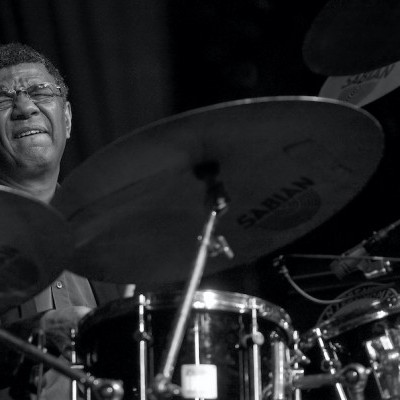
Jack DeJohnette boasted a musical resume that was as long as it was fearsome.
Oct 28, 2025 10:47 AM
Jack DeJohnette, a bold and resourceful drummer and NEA Jazz Master who forged a unique vocabulary on the kit over his…
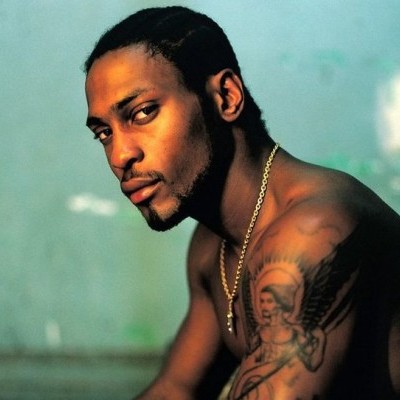
D’Angelo achieved commercial and critical success experimenting with a fusion of jazz, funk, soul, R&B and hip-hop.
Oct 14, 2025 1:47 PM
D’Angelo, a Grammy-winning R&B and neo-soul singer, guitarist and pianist who exerted a profound influence on 21st…
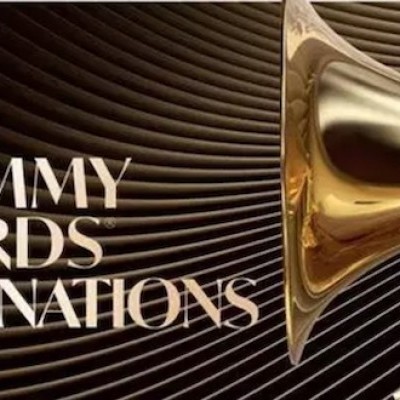
To see the complete list of nominations for the 2026 Grammy Awards, go to grammy.com.
Nov 11, 2025 12:35 PM
The nominations for the 2026 Grammy Awards are in, with plenty to smile about for the worlds of jazz, blues and beyond.…
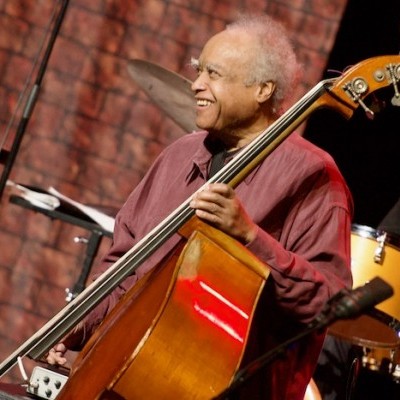
Drummond was cherished by generations of mainstream jazz listeners and bandleaders for his authoritative tonal presence, a defining quality of his style most apparent when he played his instrument unamplified.
Nov 4, 2025 11:39 AM
Ray Drummond, a first-call bassist who appeared on hundreds of albums as a sideman for some of the top names in jazz…

Jim McNeely’s singular body of work had a profound and lasting influence on many of today’s top jazz composers in the U.S. and in Europe.
Oct 7, 2025 3:40 PM
Pianist Jim McNeely, one of the most distinguished large ensemble jazz composers of his generation, died Sept. 26 at…

